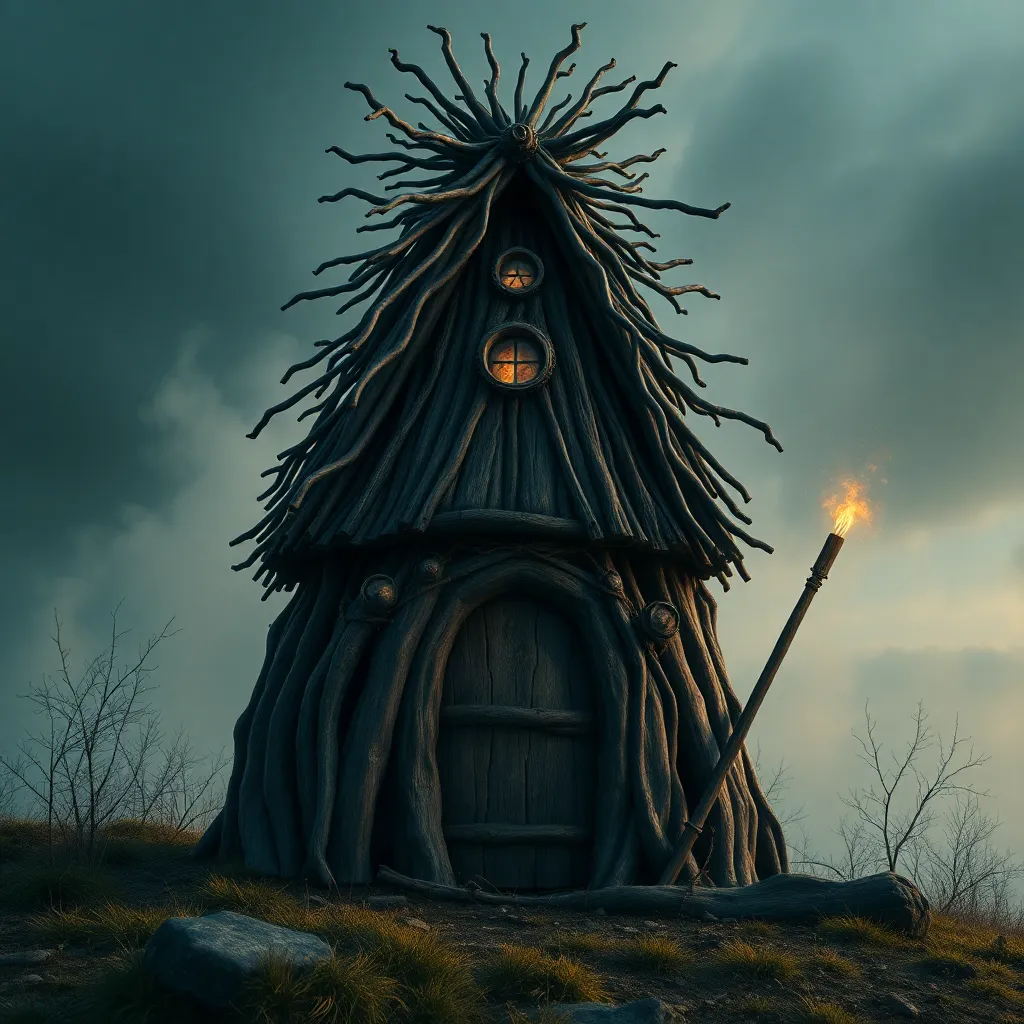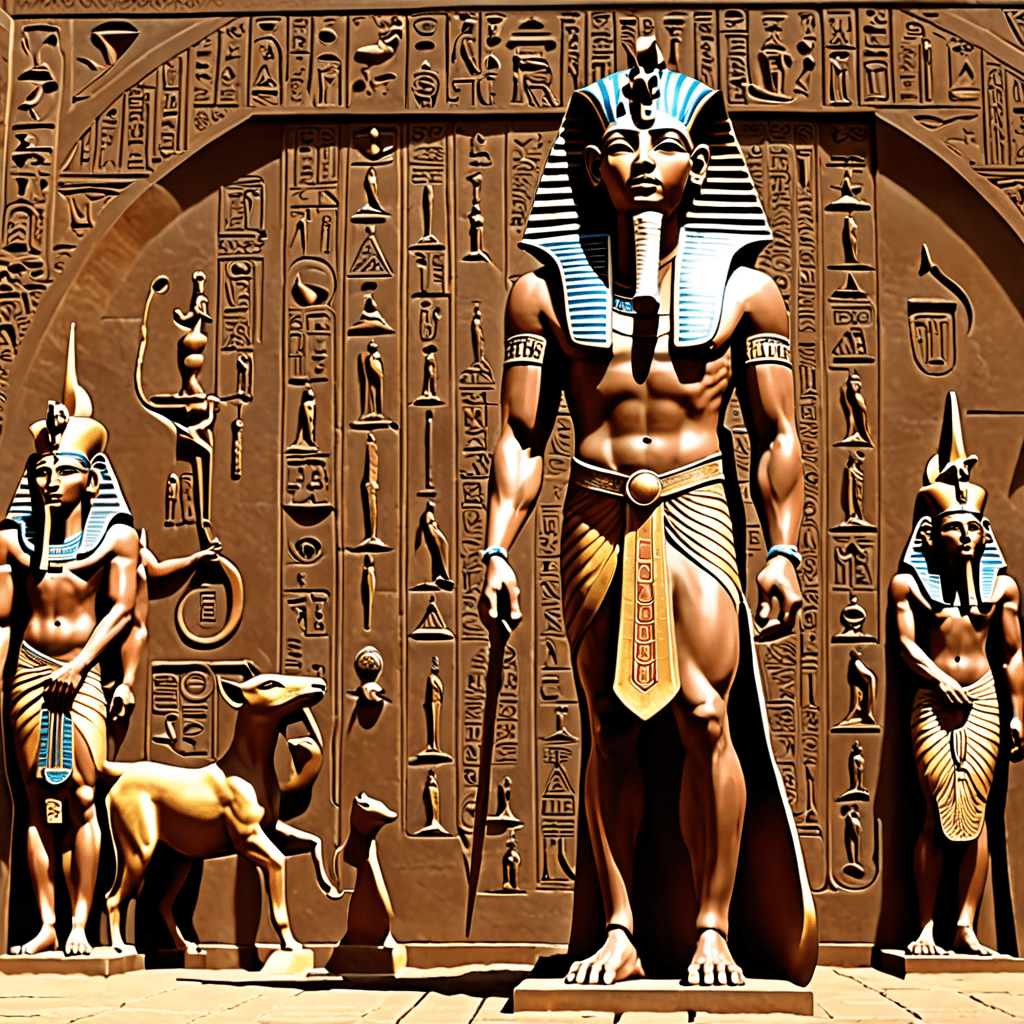Filipino Mythology: The Connection Between Humans and Nature
Filipino mythology weaves a rich tapestry of stories about spirits, deities, and the natural world, reflecting a deep connection between humanity and the environment. This connection goes beyond mere co-existence; it reveals a deep respect for the natural order and a belief in the interconnectedness of all living things.
The Anito and the Spirits of Nature
At the heart of Filipino mythology lie the "anito," powerful spirits who inhabit and govern the natural world. These spirits, often associated with specific locations like mountains, rivers, and forests, are revered and respected as guardians of the environment. Each anito is believed to possess unique characteristics and abilities, influencing the fate of those who interact with their domains.
The "diwata," beautiful and benevolent spirits, are often linked to nature's beauty and abundance. They dwell in forests, waterfalls, and other scenic landscapes, bringing blessings to those who show them respect. In contrast, the "engkanto," mischievous and sometimes malevolent spirits, often reside in caves, trees, or hidden places, capable of both helping and harming humans.
These diverse spirits are not merely fictional entities; they are an integral part of the Filipino worldview, influencing daily life and shaping traditional practices.
The Sacredness of Nature in Filipino Beliefs
Nature is not simply a resource in Filipino mythology; it is a sacred realm teeming with spiritual significance. Every element of the natural world – from the towering mountains to the rushing rivers – is imbued with a sense of sanctity, demanding respect and reverence.
Forests, in particular, are revered as sacred spaces, often seen as the dwelling place of spirits and ancestors. Trees, especially those with unusual characteristics, are believed to be inhabited by powerful spirits, and harming them is considered a grave offense. The same reverence is extended to rivers, which are seen as life-giving forces, and mountains, which are often associated with deities and ancestral spirits.
This sacredness is embedded in Filipino folklore and rituals, reminding people of their role as stewards of the environment and custodians of its delicate balance.
The Balance of the Natural World: A Core Principle in Filipino Mythology
The concept of balance, or "kaayusan," is central to Filipino mythology. This principle emphasizes the interconnectedness of all things and the importance of maintaining harmony within the natural world.
Maintaining balance is paramount, as the actions of humans can disrupt this equilibrium and lead to negative consequences. Disregarding nature's laws can result in misfortune, illness, or even natural disasters. Filipinos believe that respecting the anito and observing traditional practices help ensure the continued health and prosperity of the environment and its inhabitants.
Humans as Part of the Natural Order: A Symbiotic Relationship
Filipino mythology asserts that humans are not separate from nature but an integral part of it. This understanding fosters a sense of responsibility and interconnectedness, where human actions are seen as having a direct impact on the natural world.
The concept of "kapwa," a core value in Filipino culture, emphasizes the shared nature of existence. Recognizing the interconnectedness between humans, animals, and the environment encourages a sense of empathy and responsibility towards all living beings. Humanity's well-being is linked to the well-being of the natural world, highlighting the symbiotic relationship that exists between them.
The Role of Ancestral Spirits in Nature’s Harmony
Ancestral spirits, known as "kaluluwa," play a crucial role in maintaining the balance of nature in Filipino mythology. They are believed to reside in the natural world, especially in sacred places like forests and mountains. These spirits are seen as guardians of the environment, ensuring its well-being and providing guidance to living descendants. They also act as intermediaries between the living and the spiritual realm, connecting humans to the divine and ensuring the continuity of life.
Ancestral spirits are often associated with specific locations, representing the interconnectedness of human life with the environment. For instance, a particular mountain might be venerated as the resting place of a powerful ancestral spirit, and offerings are made to appease this spirit to ensure the protection of the mountain and its surroundings. This reverence for ancestral spirits reinforces the respect for the natural world and encourages responsible stewardship of the environment.
Stories of Origin and Creation: Nature as the Source of Life
Filipino creation myths often depict nature as the source of life. These stories highlight the deep connection between humanity and the natural world, emphasizing the importance of respecting and honoring its origins.
One prominent creation myth, the story of "Malakas and Maganda," tells of a couple who emerged from a bamboo stalk. This story symbolizes the emergence of humanity from the natural world, underscoring the interconnectedness of humans and the environment. Other myths, such as the story of "Bathala," the supreme creator deity, highlight the role of nature in the creation of the world, further cementing the profound connection between humans and the natural environment.
These creation myths serve as foundational stories, guiding Filipino beliefs and practices towards harmonious co-existence with nature. The narratives instill a profound appreciation for the origins of life and inspire a sense of responsibility towards the environment.
Nature’s Influence on Filipino Rituals and Practices
Filipino rituals and practices are deeply rooted in the connection between humans and nature. Many traditional ceremonies and festivals are dedicated to honoring and appeasing the anito and ancestral spirits, ensuring harmony and balance within the environment.
For instance, "Pambunong," a ritual performed before hunting, involves offering prayers and gifts to the spirits of the forest to ensure a successful hunt and maintain a sustainable harvest. Similarly, "Panagbenga," a festival celebrated in Baguio City, is dedicated to honoring the blooming of flowers, a symbol of renewal and the beauty of nature.
These rituals and practices serve as tangible reminders of the deep connection between humans and the natural world. They reinforce the importance of respect, reverence, and responsible stewardship of the environment.
The Impact of Colonialism on Nature-Based Beliefs
Colonialism had a profound impact on Filipino beliefs and practices, including those centered around nature. The introduction of Christianity, with its emphasis on a separate God and human dominion over creation, challenged the indigenous beliefs in the sacredness of nature. This shift in perspective led to a gradual decline in the importance of honoring ancestral spirits and the anito, weakening the connection between humans and the natural world.
The introduction of new agricultural practices and the exploitation of natural resources also contributed to the erosion of traditional beliefs. The emphasis on economic growth and profit over environmental sustainability led to a disconnect between humans and their environment.
However, despite these changes, Filipino culture continues to retain vestiges of its nature-based beliefs, evident in the continued celebration of traditional rituals and the growing awareness of environmental issues.
Theories on the Origins of Filipino Mythology: Tracing the Roots of Nature-Human Connection
The origins of Filipino mythology can be traced back to the animistic beliefs of indigenous Filipinos, who saw the world as inhabited by spirits and deities. These beliefs were deeply intertwined with the natural world, with specific spirits and deities associated with different locations and elements of nature.
Scholars have proposed various theories about the origins of Filipino mythology, including:
- Indigenous Roots: Filipino mythology is rooted in the animistic beliefs of pre-colonial Filipinos, who saw the world as a sacred space inhabited by spirits and deities.
- Austronesian Influence: The Austronesian language family, to which Filipino belongs, shares common myths and legends, suggesting a shared cultural heritage.
- Hindu-Buddhist Influences: There is evidence of Hindu and Buddhist influences on Filipino mythology, particularly in the concept of deities and the afterlife.
These theories point to the complex and multifaceted origins of Filipino mythology, highlighting the interplay of indigenous beliefs, regional variations, and external influences. Despite these influences, the central theme of interconnectedness between humans and nature remains pervasive within Filipino mythology.
FAQ
Q: What are some examples of Filipino myths and legends that illustrate the connection between humans and nature?
A: Several Filipino myths and legends showcase this connection. Here are a couple:
- The Legend of Maria Makiling: This story tells of a mountain nymph who protects the forests and punishes those who disrespect nature.
- The Legend of Lam-ang: This epic tale highlights the importance of rice and the relationship between humans and the land.
Q: How can understanding the connection between humans and nature in Filipino mythology help us today?
A: This understanding can help us recognize the importance of environmental stewardship and sustainable living. It emphasizes the interconnectedness of all life and the need to respect the natural world.
Q: Are there any modern-day manifestations of these beliefs in the Philippines?
A: Yes, many environmental advocacy groups and movements draw inspiration from these beliefs. Additionally, traditional rituals and festivals that honor nature continue to be celebrated in various parts of the Philippines.



